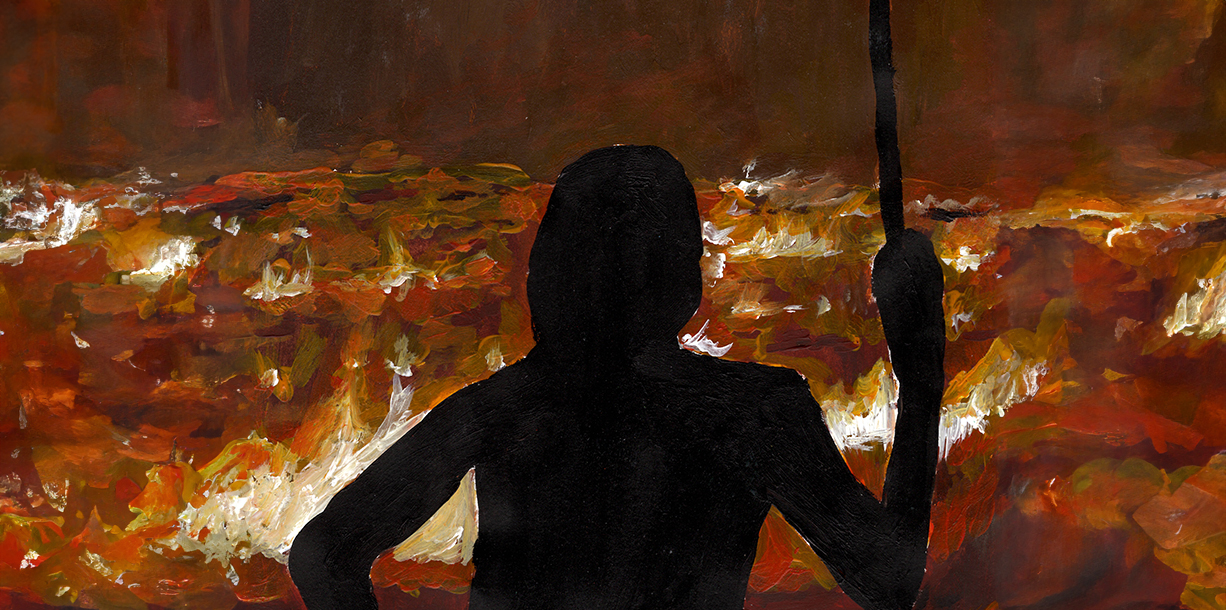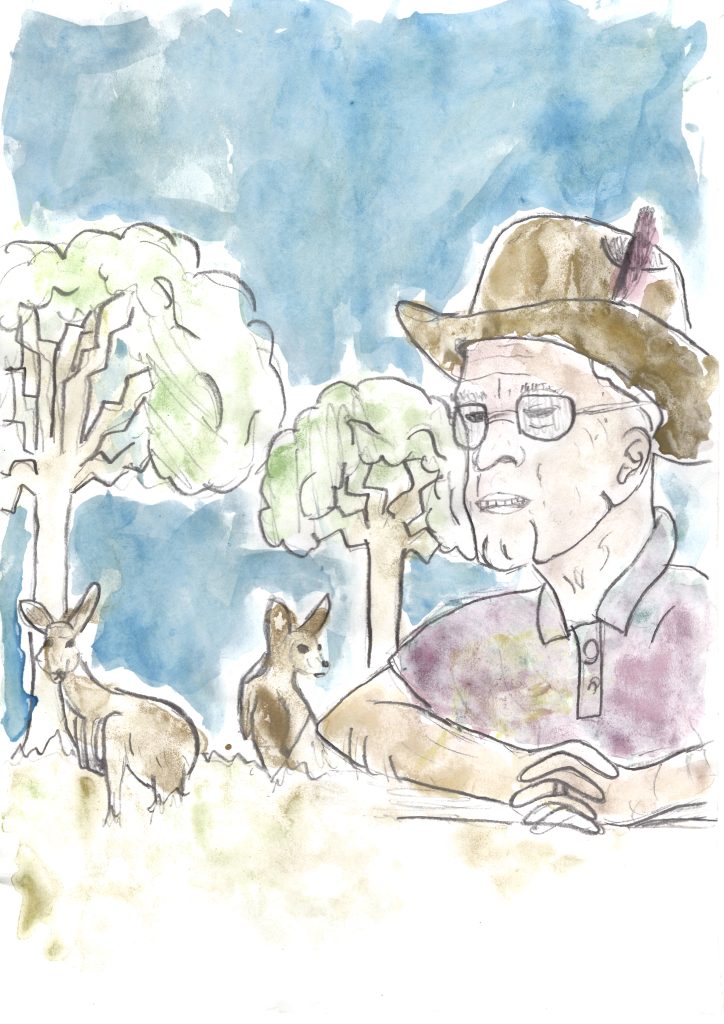
Cultural burns are cool
About
Cultural burns are cool is a project that included Local Land Services, Hunter River High School and St Brigid’s Primary School, Raymond Terrace. It combines a story about using cultural burns to look after the bush, some facts and videos showcasing cultural burns in action, and a version of the story that can be performed as a school play.
Story
The story has been prepared by Local Land Services for use as an educational resource using basic Cultural burn knowledge provided by Firesticks Alliance. Local Land Services is grateful to Firesticks Alliance and we acknowledge Victor Steffensen and his Elders for sharing their knowledge and enabling this resource to be developed. Cultural content has been prepared in consultation with Hunter Local Land Services Aboriginal Community Advisory Group.
The story revolves around Larry, a farmer in the Hunter region of NSW. As Larry walks around his property the animals complain about the lack of suitable habitat and the amount of weeds encroaching on their homes. Larry calls on the support of Uncle Norm, an Aboriginal fire practitioner, to help look after his property with conducting a cool burn.
Artwork
Students from Hunter River High School completed al the artwork for the book. They did an amazing job using paint and pencil with unique perspectives of the story.

Facts
Cultural burning is a deeply sophisticated Cultural practice that is performed by Traditional Owners for a whole series of reasons:
- One of the net impacts of Cultural burning is to reduce landscape fuel loads and to promote native bush foods and grasses.
- Australian ecosystems rely on Cultural burning and Traditional knowledge.
- Our fear of fire has come from detaching ourselves from the landscape. We need to reconnect to Country.
- Aboriginal/First Nations people have a Cultural obligation to care for Country.
- Coming to know and understand Cultural fire requires guidance by Elders and Indigenous fire knowledge holders through various stages of Cultural learning on Country.
- Traditional Ecological Knowledge helps to ensure fire management is applied in the right place, at the right time and for the right reasons to support resilient functioning ecosystems and maintain biodiversity.
The devastation caused by the 2019-2020 bushfires is a reminder of the importance of Cultural burning as part of looking after the Australian landscape.
Local Land Services Cultural burning program is important for local communities and the natural environment for the following reasons:
- Reviving ancient practices and knowledge systems.
- Connecting communities back to Country and restoring their Cultural identity.
- Providing critical training and capacity building opportunities for Aboriginal communities in the Hunter region.
- Fire practitioners are now involved in high level conversations and planning around various threatened species and Threatened Ecological Communities.
- Cultural burning will be implemented in threatened species habitat throughout the Hunter region in partnership with Local Land Services, Firesticks, National Parks and Wildlife Services, Council, DPE Water, Local Aboriginal Land Councils/Traditional Owner organisations and community.
Local Land Services has demonstrated how government agencies can support Aboriginal communities and invest in Indigenous-led programs and projects.
Videos of cultural burns in action around the Hunter Valley region
Play
Cultural burns are cool has been prepared as a script for a school play. The story has been broken down into 4 scenes, allowing for set changes. There are 23 characters in total, plus a narrator. Some characters can be doubled up to suit the student numbers of a class. A variety of face mask templates have been provided for students to decorate for their role in the play. The play is located in the rear of the book.
DOWNLOAD BOOKSt Brigid’s Primary School, Raymond Terrace, performed this play in 2023.
Keen to know more or create your own?
If you’re keen to know more about this book, get a hardcopy or if you’re interested in creating your own, please get in touch with us.
